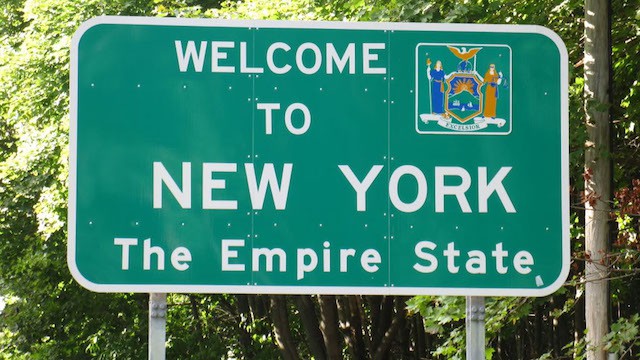Curaleaf has been causing a commotion in the NY cannabis market of late. It all stems from the method they decided to use to measure THC content in their products.
It’s no secret that many customers looking at cannabis products pay close attention to the THC percentage in what they buy. That is nothing new.
However, it was a surprise to some that Curaleaf products suddenly showed a higher THC percentage than other competing cannabis products in NY. So what actually happened?
It’s really quite simple and there were no actual changes made to the Curaleaf products. They began using dry-weight THC testing measurements for the product labels instead of wet-weight measurements that they had been using previously.
If you are familiar with cannabis labels and testing measurements then you may realize that dry-weight measurements are actually the industry normal. Using dry-weight THC measurements is widely used in many regulated cannabis markets even in the Northeastern states surrounding NY.
The problem with Curaleaf making the sudden switch was that they had not consulted with and gained approval from the New York Office of Cannabis Management, also called the OCM.
Since Curaleaf realized their mistake and oversight they have voluntarily stopped using dry-weight testing measurements for THC on products used in New York state.
In addition, Curaleaf has also decided to voluntarily remove thousands of products that have already made their way to shelves of medical cannabis dispensaries across the state.
Curaleaf issued a statement in regards to the confusion over the dry-weight THC measurements and labeling as well.
“The decision to provide the New York market the dry-weight potency on labels was done to ensure continuity across markets, allowing for clearer decision-making on the patients’ part,” the statement reads. “It should also be noted that this method of calculating potency provides a normalized value throughout the product’s life cycle. The wet-weight measurement is easily manipulated in so much as it can be influenced by the moisture content of a particular sample given to the lab. Conversely, the dry-weight measurement removes that easily manipulated factor providing greater transparency to the New York market.”
“In keeping with the guidance from the OCM, the dry-weight potency value will appear on an unofficial basis on [Certificates of Analysis] COAs from the testing laboratories. Patients will have the ability to view this on a lot-by-lot basis,” the Curaleaf statement reads. “Curaleaf has voluntarily ceased this practice and the dry weight will not appear on labels going forward until such time as the OCM permits.”
On a federal level, the USDA also requires that hemp producers test their hemp on a dry-weight basis to determine a total THC calculation for the hemp. The federal limit for THC currently stands at a maximum of 0.3%
It seems that Curaleaf is doing its best to make the situation right. However, the whole thing does bring up some questions.
It seems strange that Curaleaf would go ahead and make the change over to dry-weight measurements on its labels without going through the proper channels. It was a major oversight on their part and one that really should not have happened.
On the other hand, it seems strange that NY has decided to based on a wet-weight THC calculation. It seems that basically everything and everybody else, including the USDA, is basing THC calculation on the dry-weight method. It seems to make a lot more sense to stick with the industry standard.
Either way, it was a hiccup that could have been avoided and one that neither Curaleaf or the state wanted to happen. In the end, it’s a road bump in the road to recreational cannabis use in NY that they should be able to overcome without further incident.
















